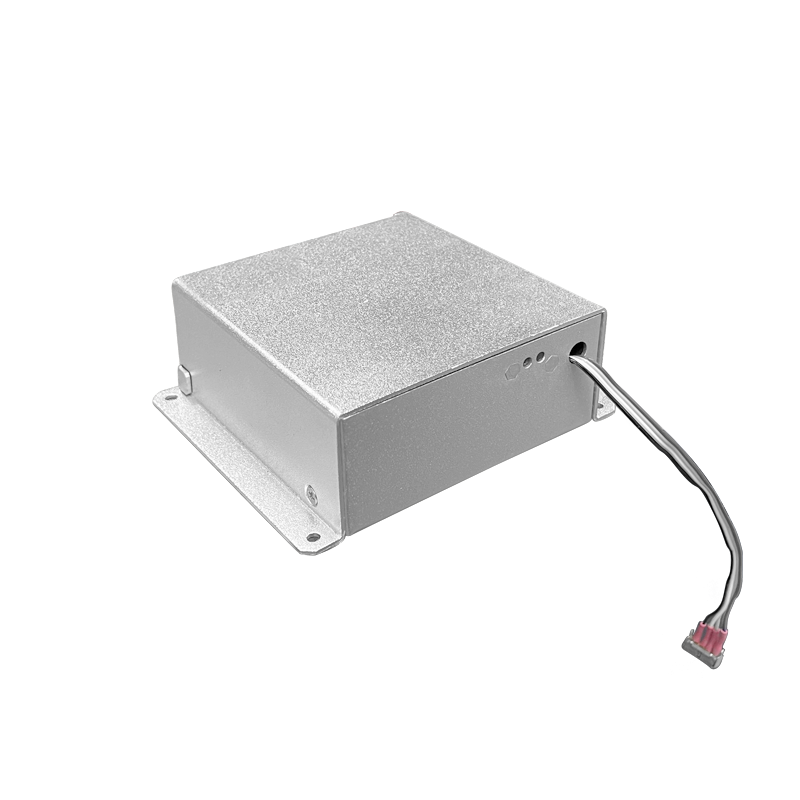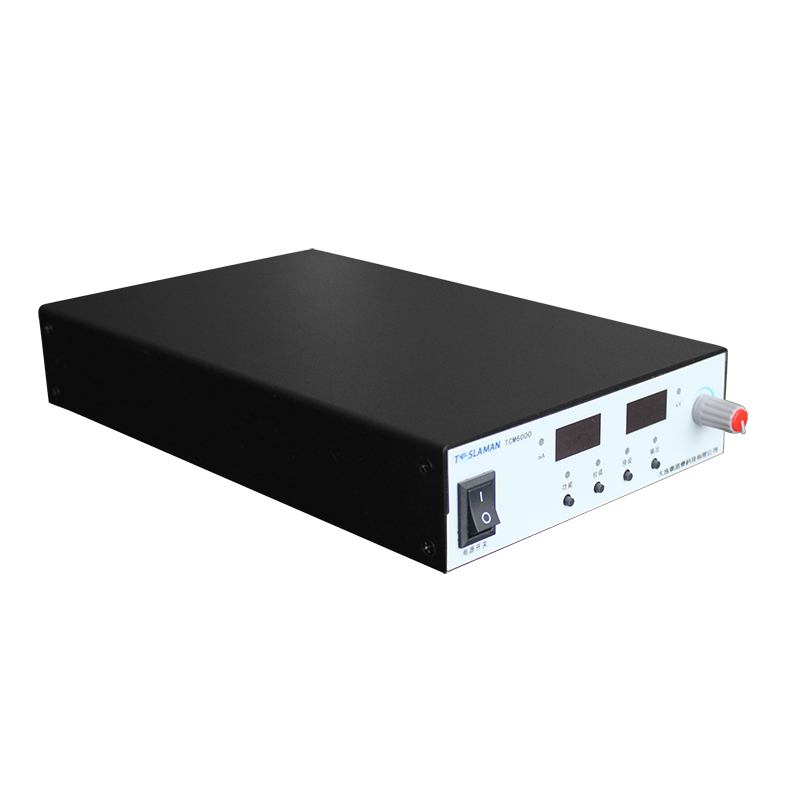High-Voltage Power Supplies Driving Automation Upgrades in Etching Processes
In the realm of semiconductor fabrication, etching processes have long relied on precise control of plasma environments to achieve the intricate patterns required for advanced nodes. High-voltage power supplies play a pivotal role in this domain by enabling the generation and sustenance of stable plasmas within reactive ion etching chambers. These supplies deliver the necessary energy to ionize process gases, creating a mixture of charged particles and reactive neutrals that selectively remove material from wafer surfaces. As feature sizes continue to shrink and high-aspect-ratio structures become commonplace, the integration of sophisticated high-voltage systems has emerged as a key enabler for automating etching workflows, reducing human intervention, and enhancing overall process repeatability.
Automation in etching begins with the ability of modern high-voltage power supplies to interface seamlessly with chamber control systems. Traditional etching setups often required manual adjustments to parameters such as bias voltage, RF power levels, and pulse timings, leading to variability across batches. Contemporary designs incorporate digital feedback loops that monitor plasma impedance in real time, automatically adjusting output waveforms to maintain optimal ion energy distribution. This closed-loop control minimizes fluctuations caused by chamber loading effects or gas composition drifts, allowing uninterrupted operation over extended periods. For instance, in capacitively coupled plasma reactors, high-voltage bias supplies can dynamically modulate the sheath potential, ensuring consistent ion bombardment energies even as electrode erosion occurs over thousands of cycles.
One significant advancement lies in the adoption of pulsed high-voltage operation. By switching between high and low power states at frequencies ranging from kilohertz to megahertz, these supplies mitigate charging effects on dielectric surfaces, which are particularly problematic in deep trench etching. Automation algorithms embedded in the power supply controllers predict and preempt issues like notching or micro-masking by analyzing reflected power signals and preemptively altering pulse duty cycles. This not only improves etch profile uniformity but also extends the mean time between preventive maintenance, as automated diagnostics flag anomalies such as arc events before they escalate into downtime-causing faults.
The transition to fully automated etching lines is further accelerated by the modularity of these high-voltage units. Rack-mounted systems with Ethernet or fieldbus interfaces allow centralized supervisory control, where a single software platform orchestrates multiple etchers in a fab. Parameters like voltage ramps during endpoint detection are scripted in advance, leveraging optical emission spectroscopy data to trigger automatic recipe transitions. In multi-chamber cluster tools, synchronized high-voltage pulsing across source and bias electrodes ensures seamless wafer transfer without manual recalibration, boosting throughput by significant margins in high-volume manufacturing environments.
Reliability enhancements in high-voltage topologies have also contributed to automation feasibility. Solid-state switching devices capable of handling kilovolt levels with nanosecond rise times replace older vacuum tube amplifiers, offering greater robustness against overloads. Integrated protection circuits automatically isolate faults, reroute power through redundant paths, or initiate safe shutdowns, all without operator input. This fault-tolerant design is crucial for lights-out operation, where fabs run continuously with minimal staffing.
In deep reactive ion etching applications, where alternating passivation and etch steps are required, high-voltage power supplies with programmable waveform generators enable precise sequencing. Automation scripts define multi-step recipes that adjust voltage amplitudes and frequencies on-the-fly based on in-situ metrology feedback, achieving aspect ratios exceeding 50:1 with sidewall verticality better than 89 degrees. Such capabilities reduce defect densities associated with over-etching or under-etching, which were common pain points in manually tuned processes.
Energy efficiency is another area where automation intersects with high-voltage technology. Advanced supplies incorporate power factor correction and regenerative braking, recycling energy during pulse off-periods. Automated energy management systems optimize overall fab consumption by throttling unused modules during low-demand periods, aligning with sustainability goals in modern facilities.
The role of high-voltage power in endpoint detection automation cannot be overstated. By correlating voltage transients with emission line intensities, systems can autonomously halt etching upon breakthrough, preventing damage to underlying layers. This precision eliminates the need for test wafers and over-etch buffers, streamlining qualification of new processes.
As etching moves toward atomic-scale precision, high-voltage supplies with sub-volt resolution in bias control become indispensable. Automated calibration routines compensate for thermal drifts or component aging, maintaining process windows tighter than ever before. In inductively coupled plasma systems, dual-frequency high-voltage excitation allows independent control of plasma density and ion energy, automated to adapt to varying wafer topographies.
Integration with machine learning frameworks represents the frontier of etching automation. High-voltage supplies equipped with data logging ports feed operational telemetry into predictive models that forecast chamber conditioning needs or recipe optimizations. This proactive approach minimizes unscheduled downtime, a critical factor in achieving utilization rates above 90 percent.
Overall, the evolution of high-voltage power supplies has transformed etching from a labor-intensive art into a highly automated science. By providing stable, controllable, and intelligent energy delivery, these systems underpin the reliability and scalability demanded by next-generation semiconductor production. Their contributions extend beyond mere power provision, embedding intelligence that drives continuous improvement in etch performance metrics.




















